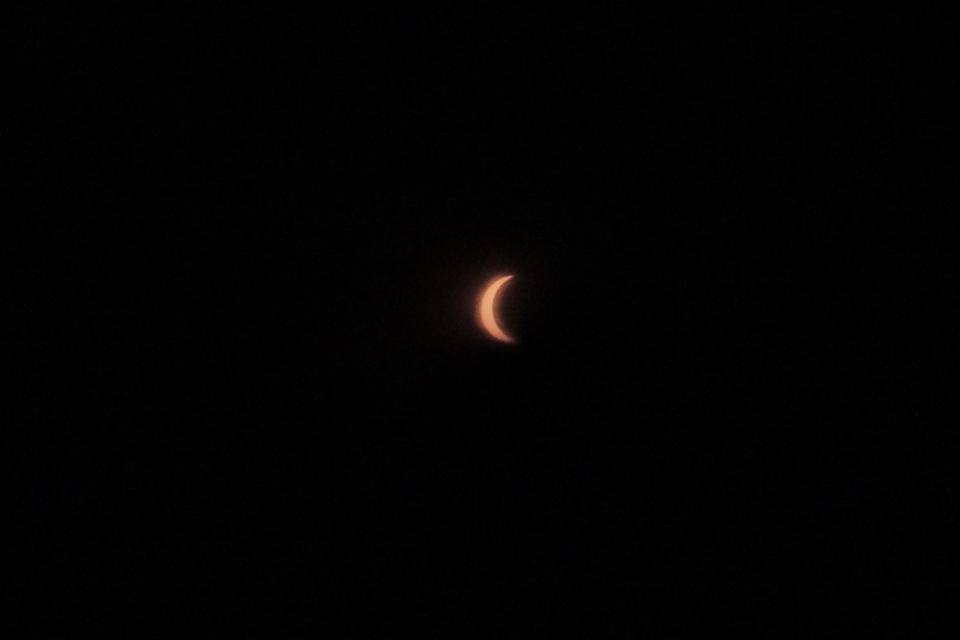Tonight's Eclipse Is So Rare, the Next One Won't Be Happening Until 2031 — How to See It
Everything you need to know about Wednesday night's hybrid solar eclipse.

Getty Images
A hybrid solar eclipse in 2013.For eclipse chasers, it’s tough to beat the next 12 months. Wednesday night’s hybrid solar eclipse kicks off a flurry of moon-over-the-sun sightings, with an October 2023 annual solar eclipse and the grand finale, a 2024 total solar eclipse across America to follow.
While the latter has everyone’s attention, tonight’s hybrid solar eclipse is just as show-stopping. It’s a once-in-a-decade spectacle that blends two types of eclipses into one. It begins around 10:30 p.m. EDT on Wednesday night, and runs through Thursday, just before 2 a.m. EDT.
How is a hybrid solar eclipse different from other eclipses?
Understanding a hybrid solar eclipse starts with learning about the other kinds of eclipses. There’s a total solar eclipse, when the moon’s orbit makes it appear larger than the sun, according to NASA. The “large” moon passes between Earth and the sun, and covers the latter entirely — a moment known as totality. This turns daylight into twilight. The sun’s outer atmosphere, known as the corona, becomes visible.
During an annular solar eclipse, the moon is further from Earth and appears smaller. It only covers a portion of the sun’s disk when the two intersect. It creates the appearance of a ring of fire, with the dark moon at the center and the bright sun shining around it.
A hybrid solar eclipse, an event that just happens a few times per century, is a blend of the two, according to Space.com. The Earth’s curved surface makes the moon fluctuate from appearing larger and smaller as it moves across the sun, creating a two-for-one sighting with both a total and annular eclipse. The event will include arcs of bright spots around the moon, known as Baily’s beads — a signature of total and annular eclipses. These are caused by the sun's rays hitting irregularities on the moon’s surface, such as mountains and valleys, according to Encyclopedia Britannica.
How to see Wednesday night's hybrid solar eclipse
Unfortunately, the hybrid solar eclipse isn’t as accessible as the eclipses set for this October and next spring. This week's hybrid solar eclipse is visible largely at sea in the western hemisphere. According to Sky at Night Magazine, the best viewing spots include Western Australia (particularly the Exmouth Peninsula), Timor-Leste, and West Papua. (This map shows the eclipse’s full path.) It will occur in this area in the early afternoon, beginning at 11:29 a.m. local time in the Exmouth Peninsula.
Can’t make it in real life? Follow this live stream via Time and Date; it begins at 9:34 p.m. EDT, with the start of the total eclipse at 10:37 p.m., the maximum at 12:16 a.m., and the end of the total portion of the eclipse 1:56 a.m.
It may keep you up past bedtime, but this eclipse is worth staying up for. According to Sky at Night Magazine, we only have four hybrid solar eclipses left this century: 2031, 2049, 2050, and 2067.
For more Travel & Leisure news, make sure to sign up for our newsletter!
Read the original article on Travel & Leisure.

